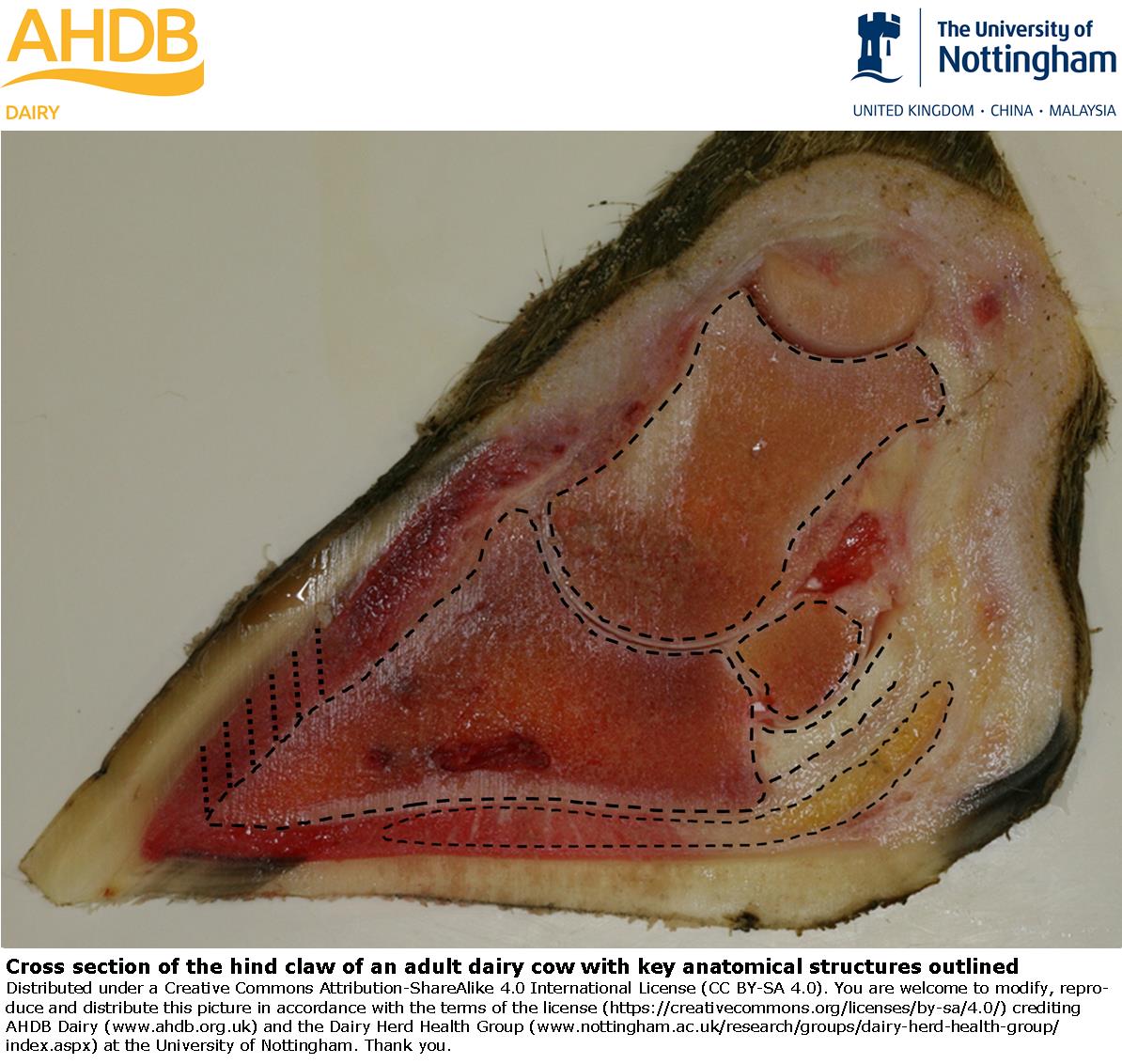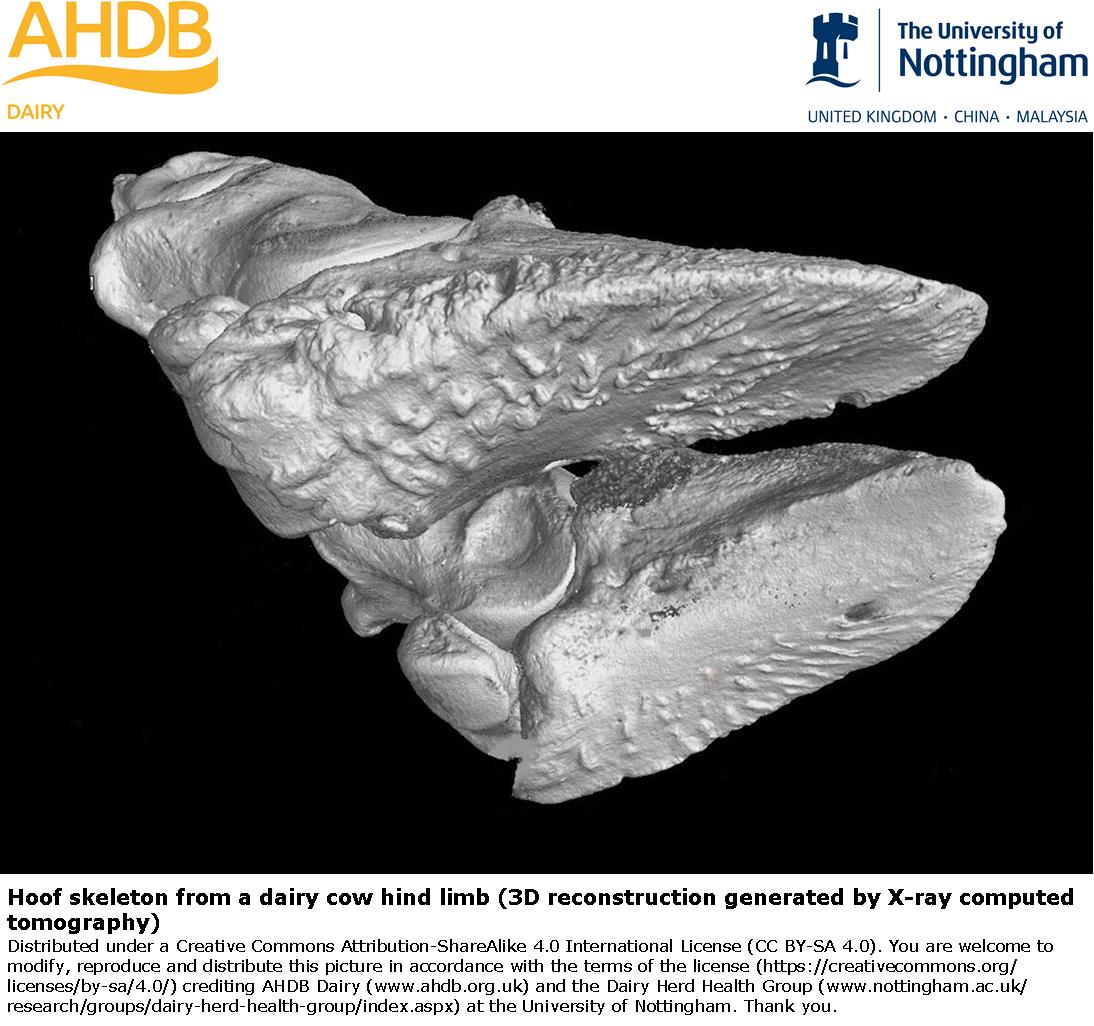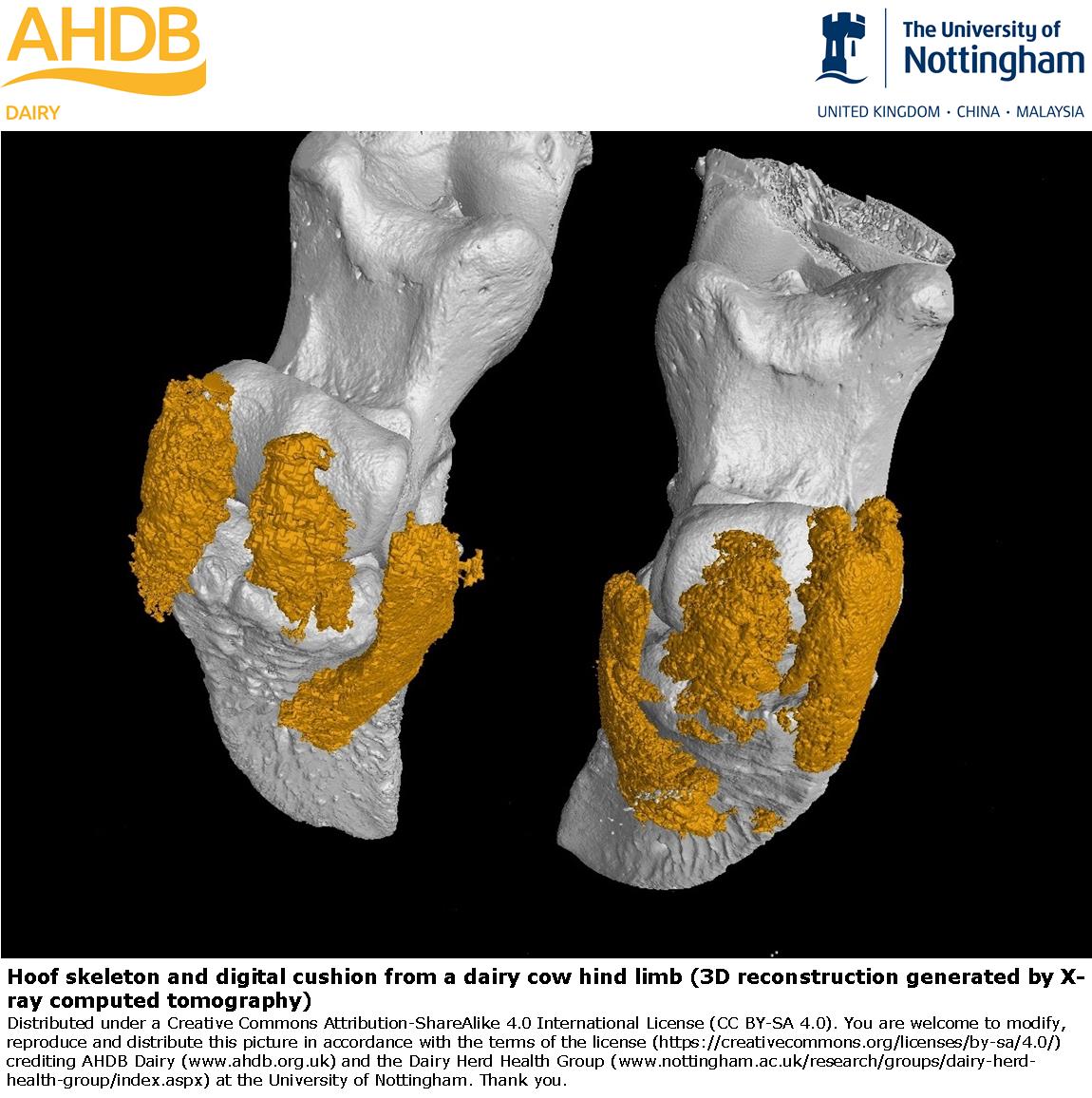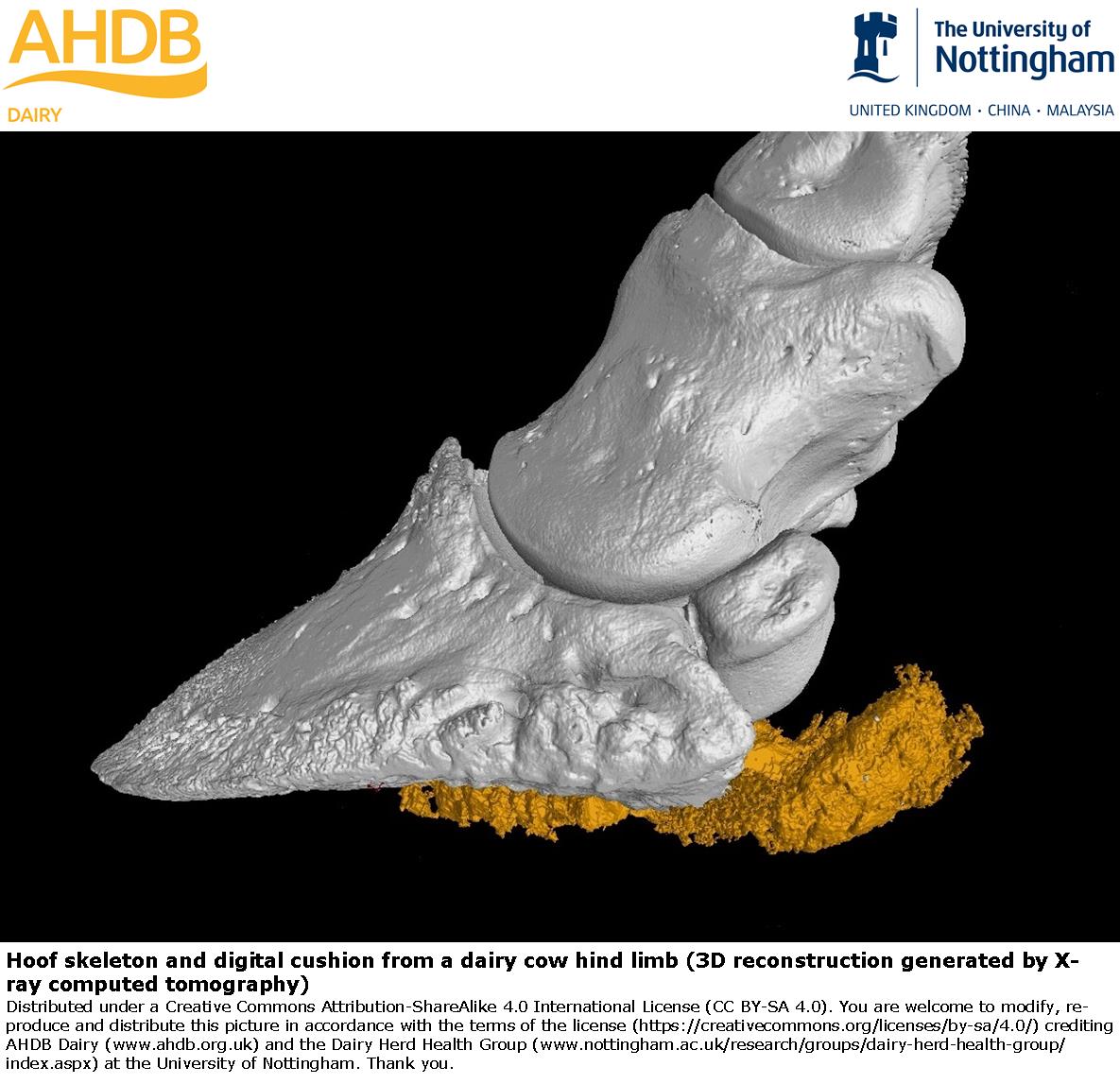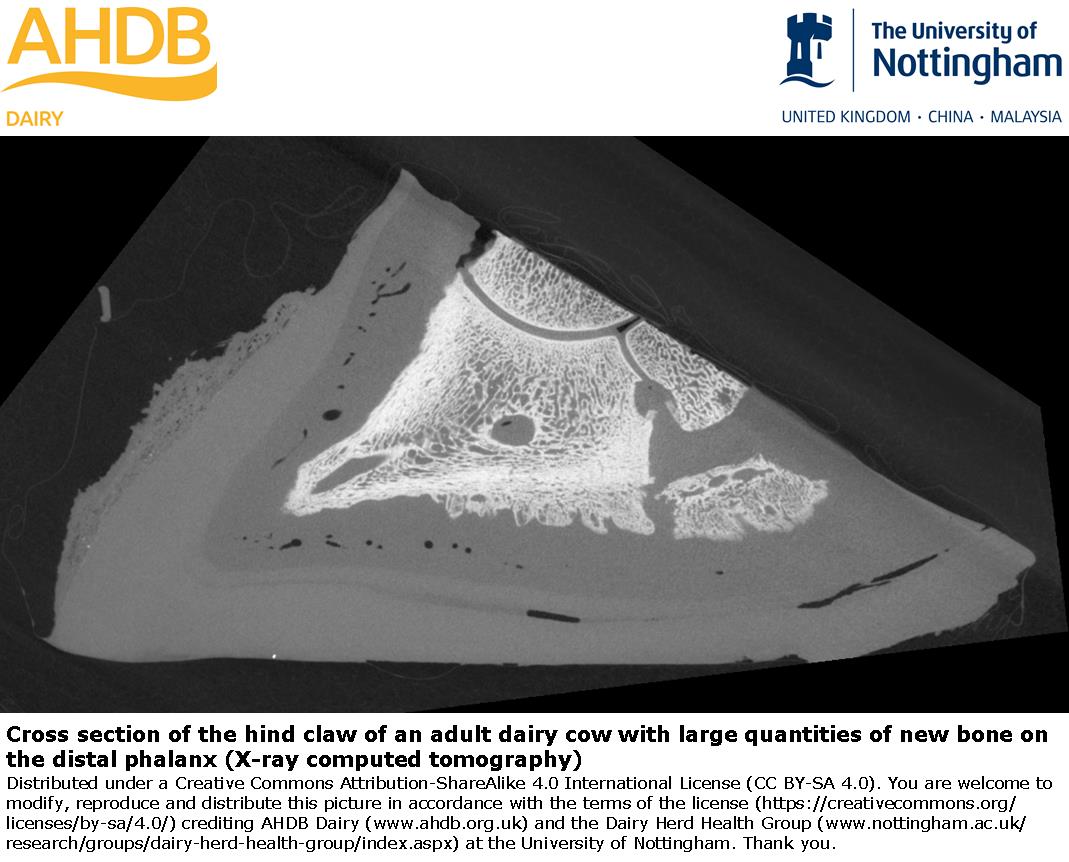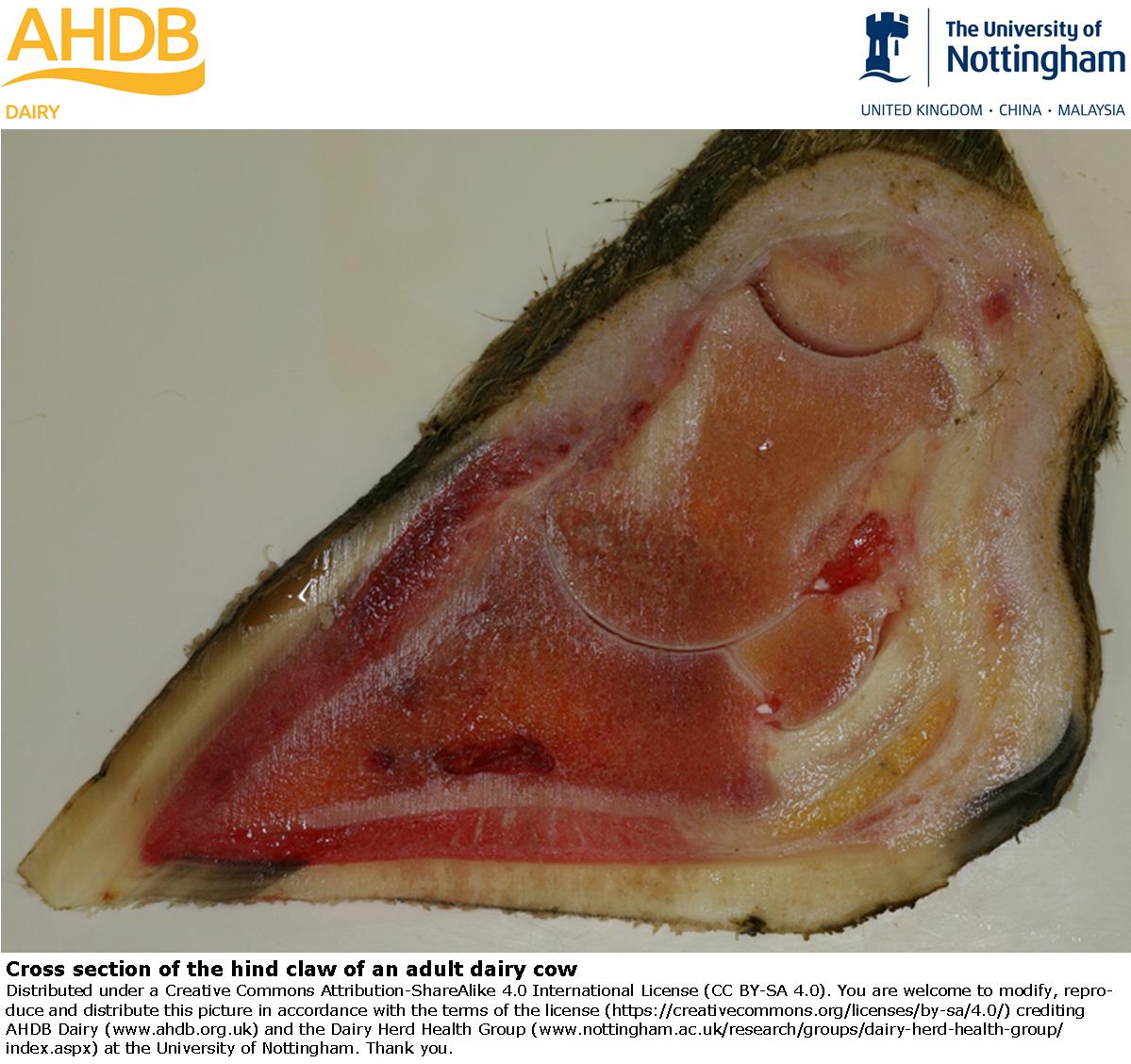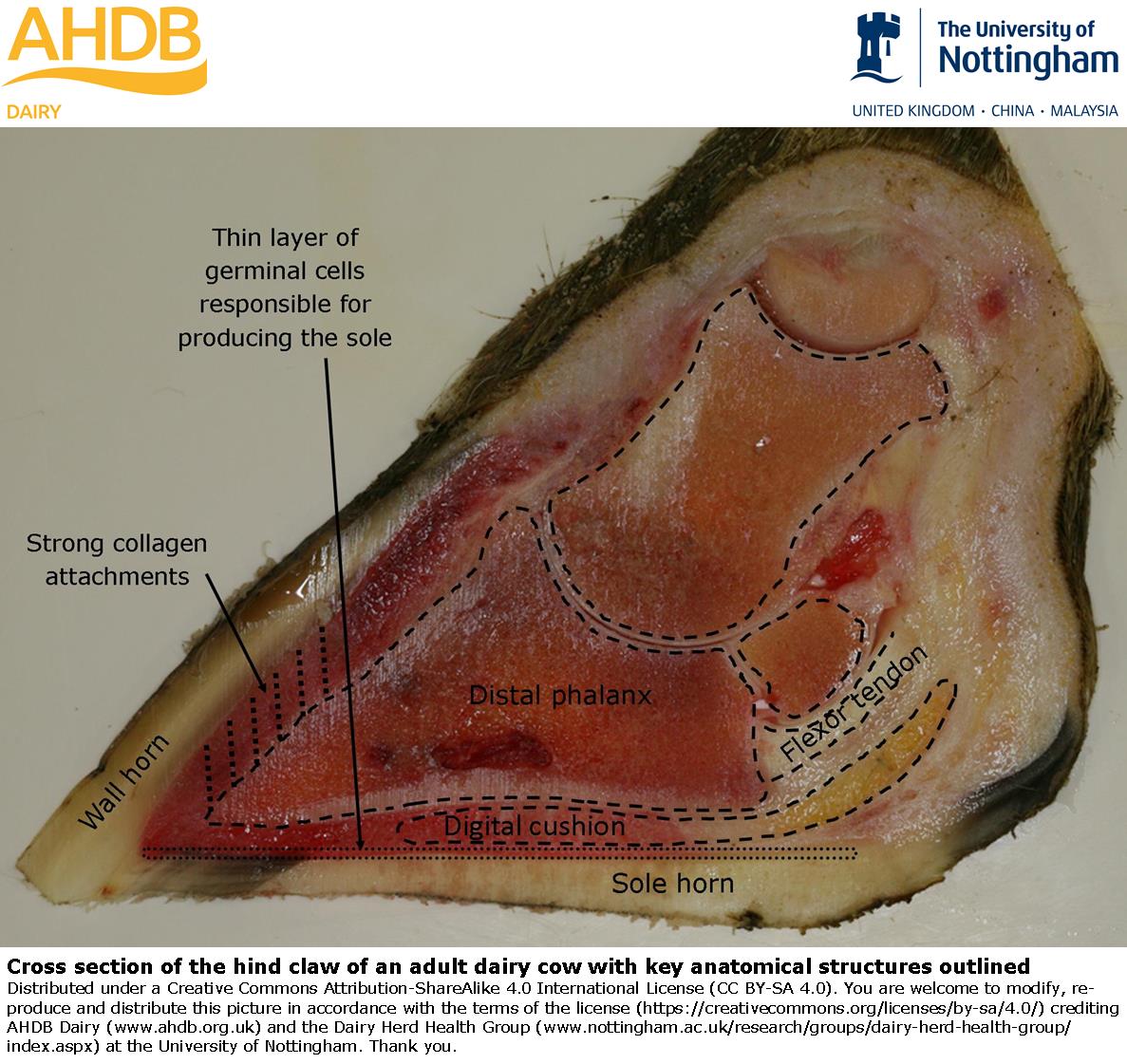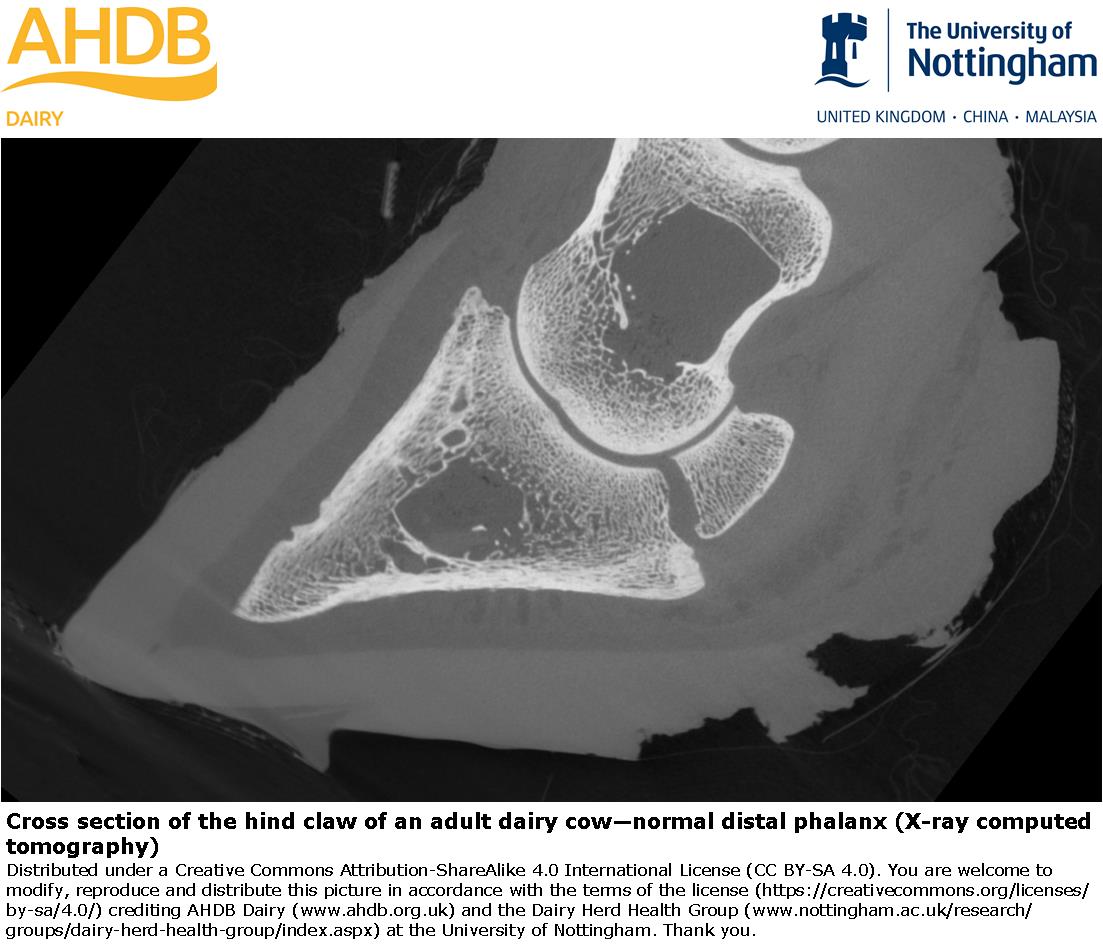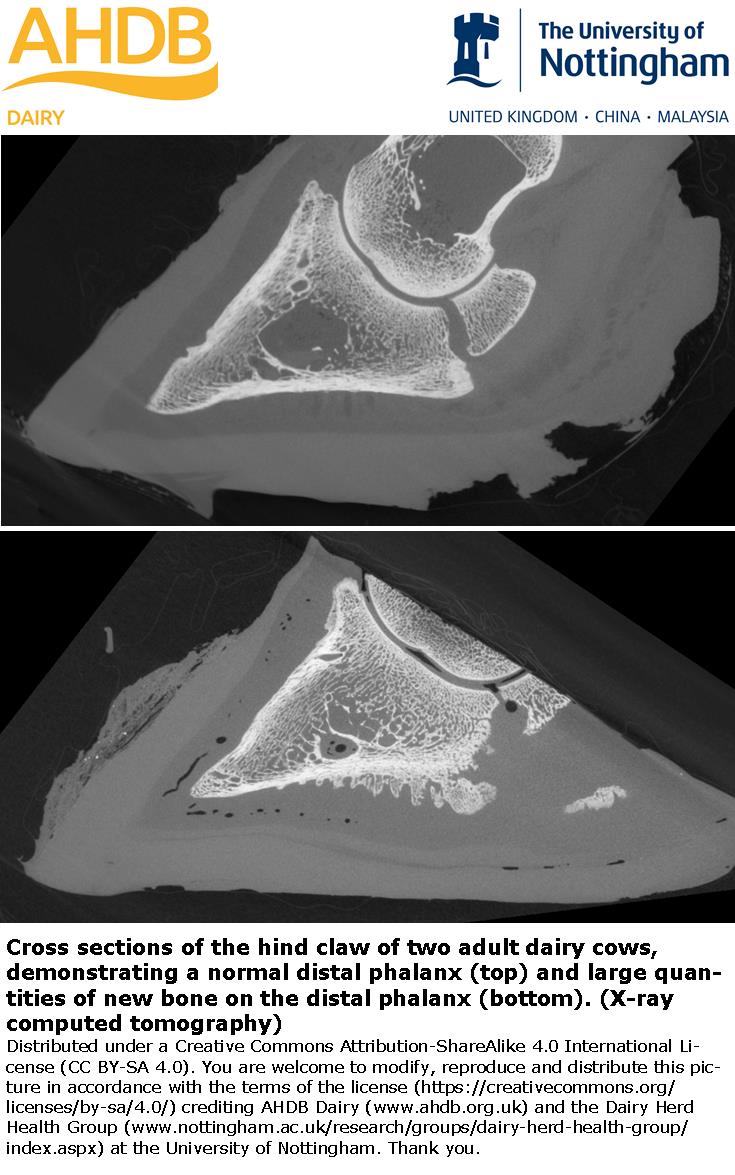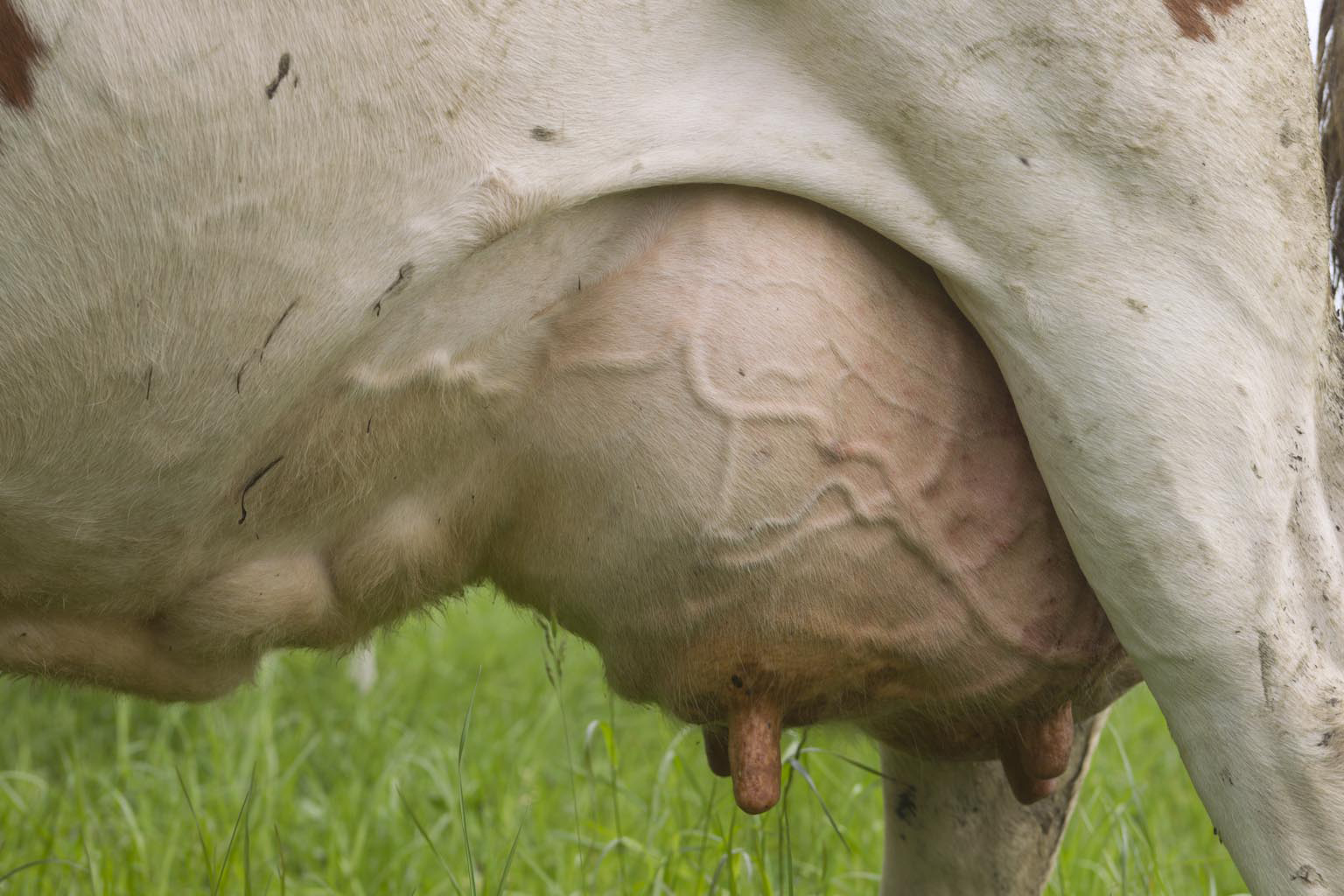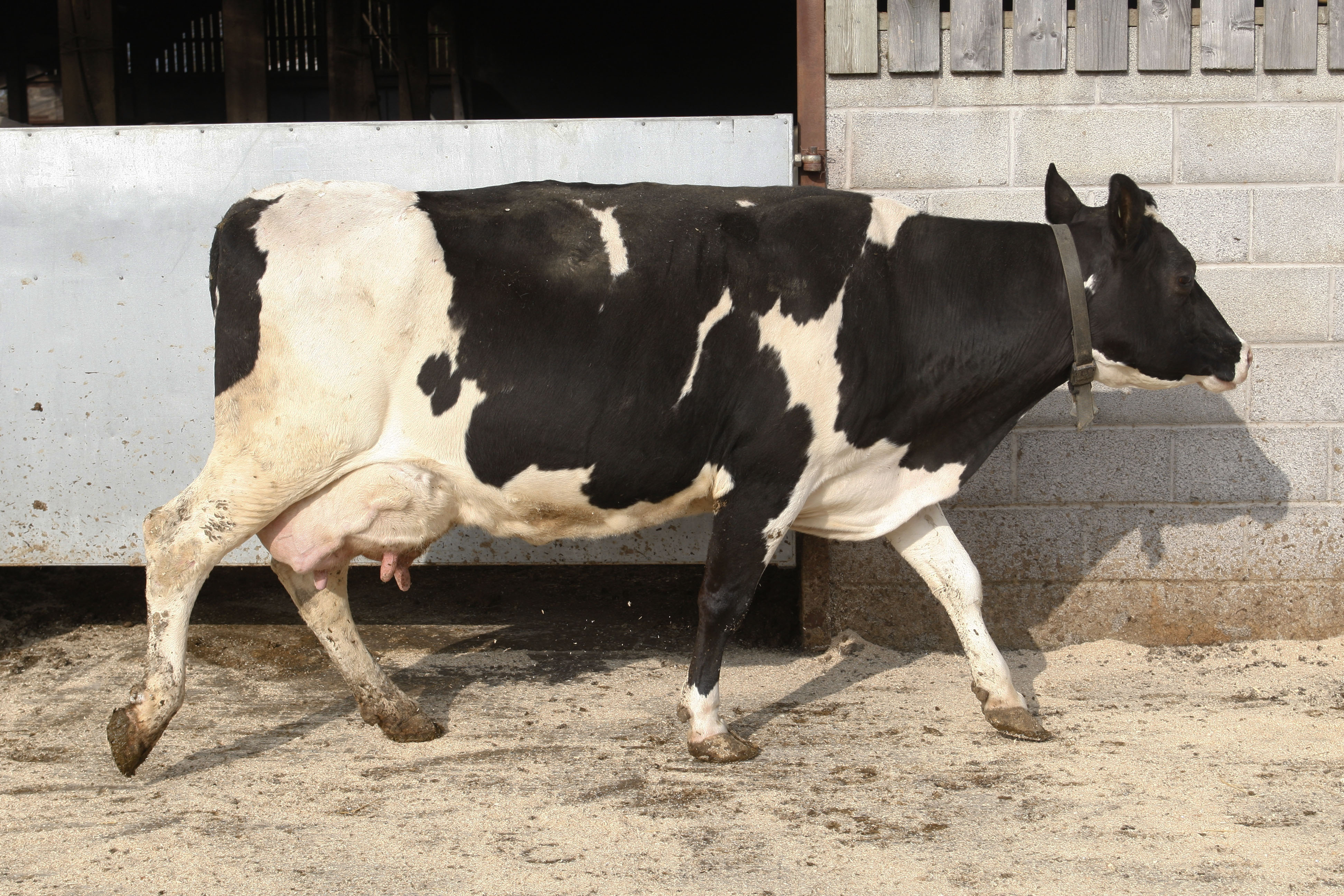- Home
- Knowledge library
- A new approach to lameness control in dairy cows: treatment of individual lame cows and farm level interventions
A new approach to lameness control in dairy cows: treatment of individual lame cows and farm level interventions
Summary
Lameness affects one in five dairy cows compromising welfare, undermining performance and negatively impacting on the public’s perception of the dairy industry. Lameness is one of the most costly challenges faced by British dairy farmers today and the third most common reason for involuntary culling. Common causes of lameness on farm are claw horn lesions such as sole haemorrhage, sole ulcer and white line disease. At any single time-point, 22% of the 1.78 million cows in the national herd are lame. Research studies show that 5.5 cases per 100 cows per year are due to white line disease (WLD) and 6.2 cases are due to sole ulcers (SU). Across the industry, tens of thousands of cows are treated for claw horn lesions, but hard evidence on the most effective treatment is limited.
Key Findings:
1. Impact of lameness and claw lesions in cows on health and production
- Milk Yield: The reported losses in milk produciton over a lactation, associated with a case of lameness ranged between 270 and 574Kg, and averaged approximately 350Kg. Interestingly and importantly there is now a range of evidence demonstrating that high producing animals are more likely to become lame i.e. lameness is a disease associated with high milk yield.
- Fertility: The impact of lameness on fertility is unequivocal; studies from around the world have demonstrated that lameness negatively impacts on a wide range of reproductive performance measures leading to an extension of the calving to conception interval of between 10 and 50 days.
- Culling: The majority of pubished papers suggested that cows suffering from lameness were more likely to be culled, however the relationship is complex because lame cows are often the highest yielding (see Milk Yield).
- Overall Economic Impact: A number of studies which have attempted to calculate the total cost of a case of lameness. The most recent studies calculate the total cost of lameness in a herd to be approx. £50 per cow per year.
2. Understanding the process of treating lame dairy cows on-farm
- Study 1:
- In general, farmers discussed treatments for SU and WLD rather than specifically for mild SU/SB and WLD and rarely differentiated between the two for treatment purposes.
- Trimming the affected claw with or without the additional use of foot blocks was the most commonly reported treatment method considered effective and practical by the majority of farmers.
- Antibiotics and/or analgesics were used by a small number of farmers, and some housed their most severely lame cows in straw pens.
- Lack of time, inadequate equipment and poor farm layout were identified as barriers to the prompt and/or effective treatment of their lame animals.
- Study 2:
- Farmer perceptions of lameness were different to described defination of lame cows. For example, many producers reserved the term “lame” to describe the most severely affected animals (AHDB Dairy Mobility Score 3), they used other language for milder cases (Score 2 cows). Rapid treatment was implemented for “lame” (Score 3) cows but was often delayed for milder cases.
- This is a key finding as most recent research work suggests that treating cows when cases are mild and have just occurred is the key to success and will limit the number of cases which relapse in the future.
- Similarly many producers failed to see the value in routine mobility scoring, often stating that they spotted “lame” (Score 3) cows during routine daily management activities. Whilst this may well be the case, if treatment is best targeted at milder cases (Score 2), these animals may well be missed if routine mobility scoring isn’t conducted.
- Lack of time, inadequate equipment, lack of training and poor farm layout were identified as barriers to the prompt and/or effective treatment of their lame animals.
3. Evaluating the best treatments for claw horn disease
- Three days of anti-inflammatory pain killer in addition to a treatment trim and a block on the sound claw was the best treatment. Interestingly a trim and a block had little additional benefit over a trim only. Only when three days of anti-inflammatory pain killer were given in addition to a block and a trim were better results seen.
4. Linking repeat lameness in diary cows to bone changes in the foot
- Animals which had a higher percentage of lame mobility scores in the period leading up to slaughter and those treated for a claw horn lesion (sole ulcer, sole haemorrhage and white line disease) were more likely to have diseased bones with extra rough bone on the base.
- The study suggests that the new bone forms as a result of lameness.
5. Furthering our understanding of the role of the digital cushion in lameness prevention
- Whilst the thickness of the digital cushion was directly related to back fat thickness the relationship was much more complex than we suspected.
- Animals were more likely to develop a sole ulcer or a severe sole haemorrhage if they had a thin digital cushion at the previous examination, if they had low back fat thickness at the previous examination and if they had lost back fat between previous examinations.
- Interestingly, the digital cushion was thicker when a lesion was present; we think this may be because the tissues within the hoof are swollen with inflammation when the animal is lame.
About this project
Aims and Objectives:
The primary objectives of this work package were to:
- Describe the impact of claw horn lesions on health and production
- Investigate barriers to the effective treatment of lameness on farm
- Evaluate treatments for claw horn lesions for use on-farm
- Investigate the underlying causes of claw horn disease to inform on-farm prevention strategies


